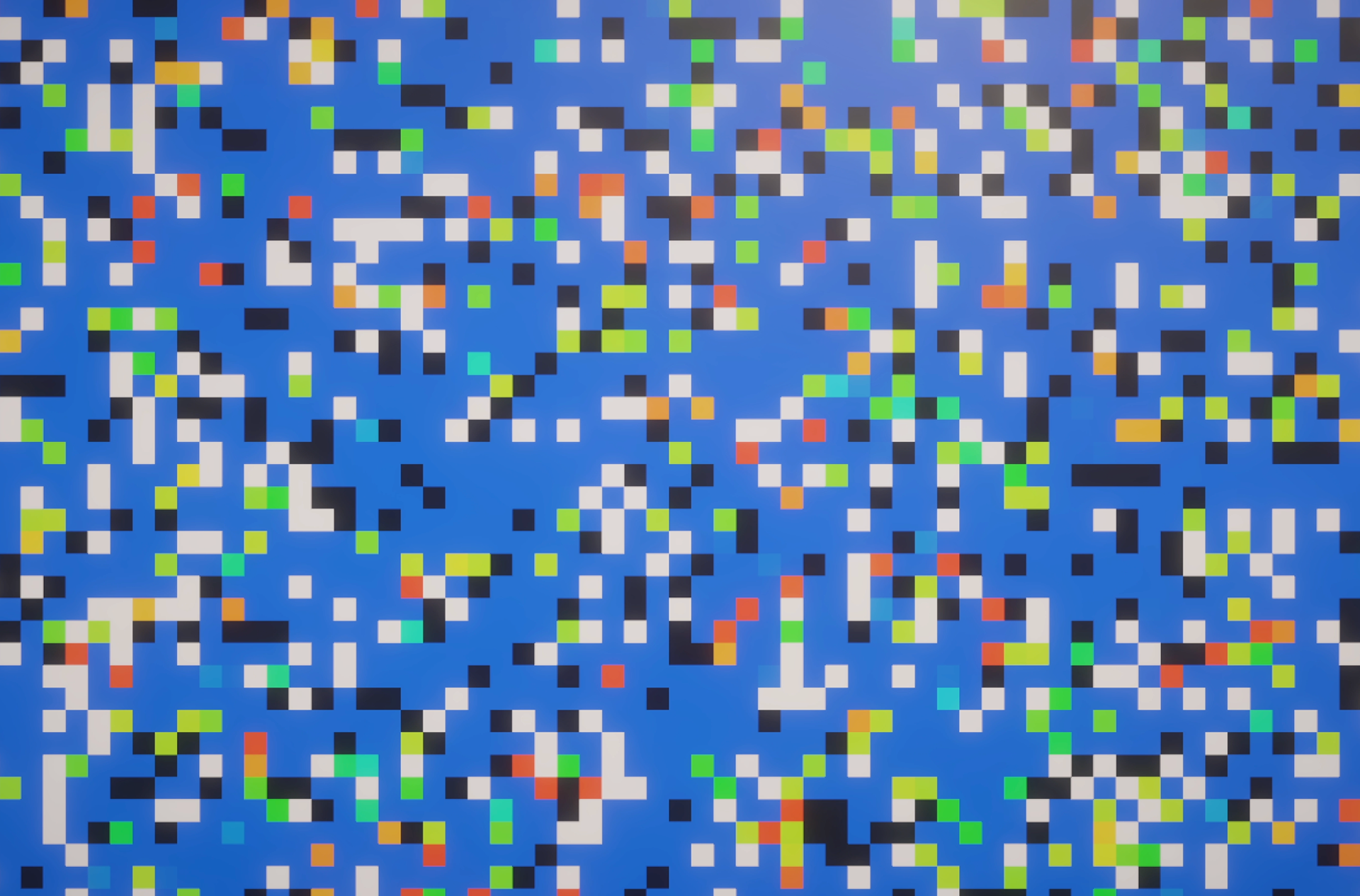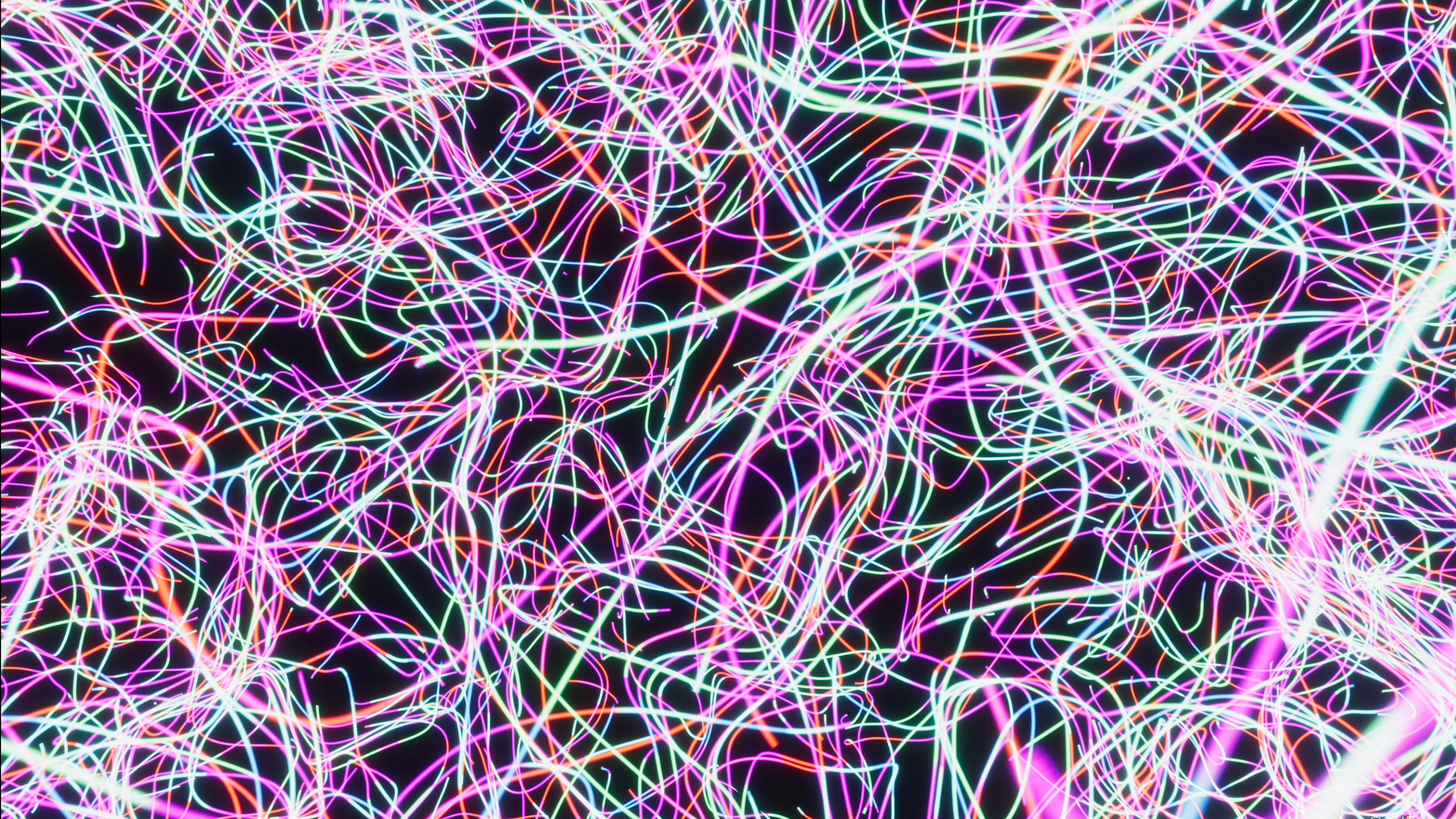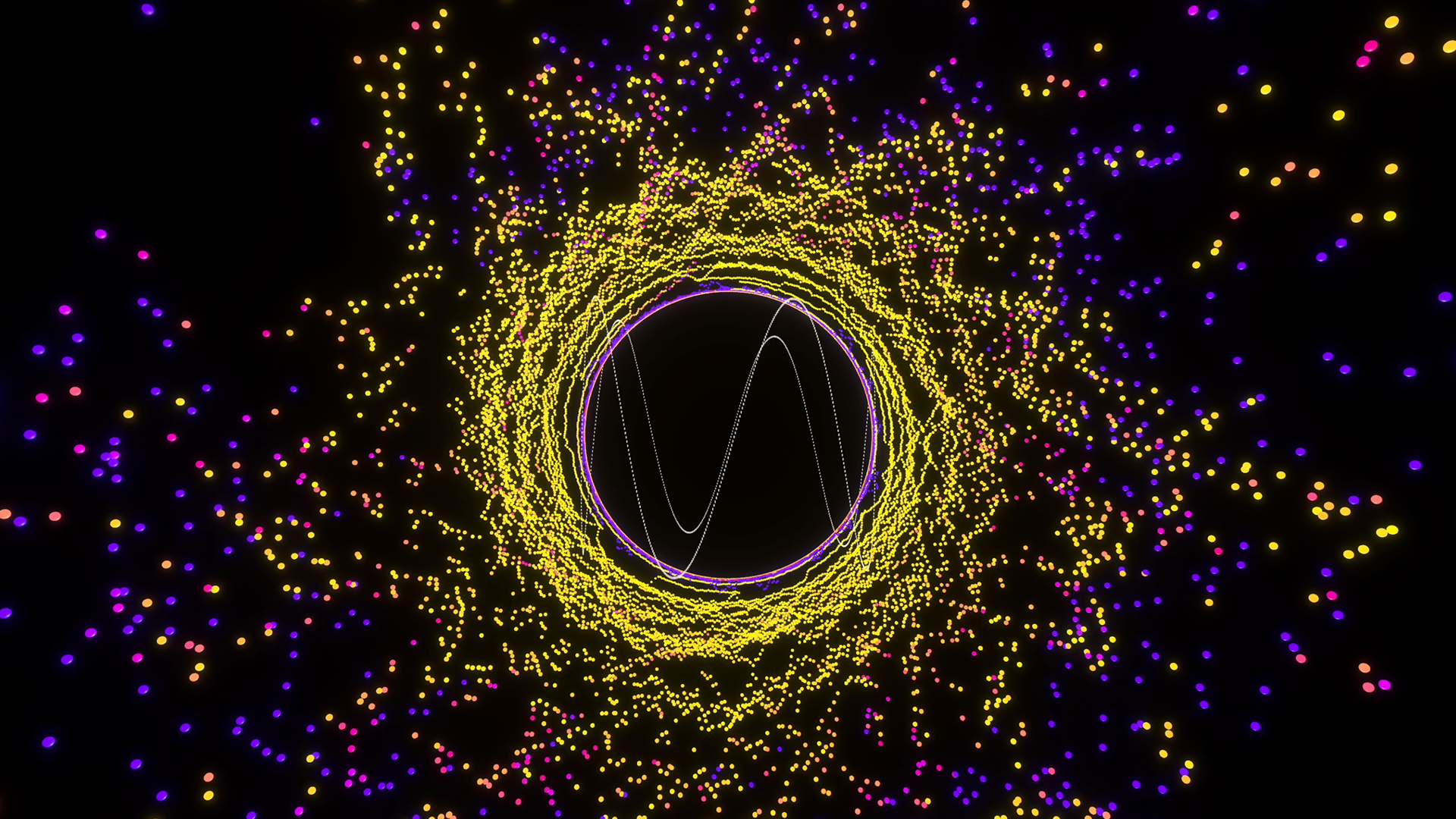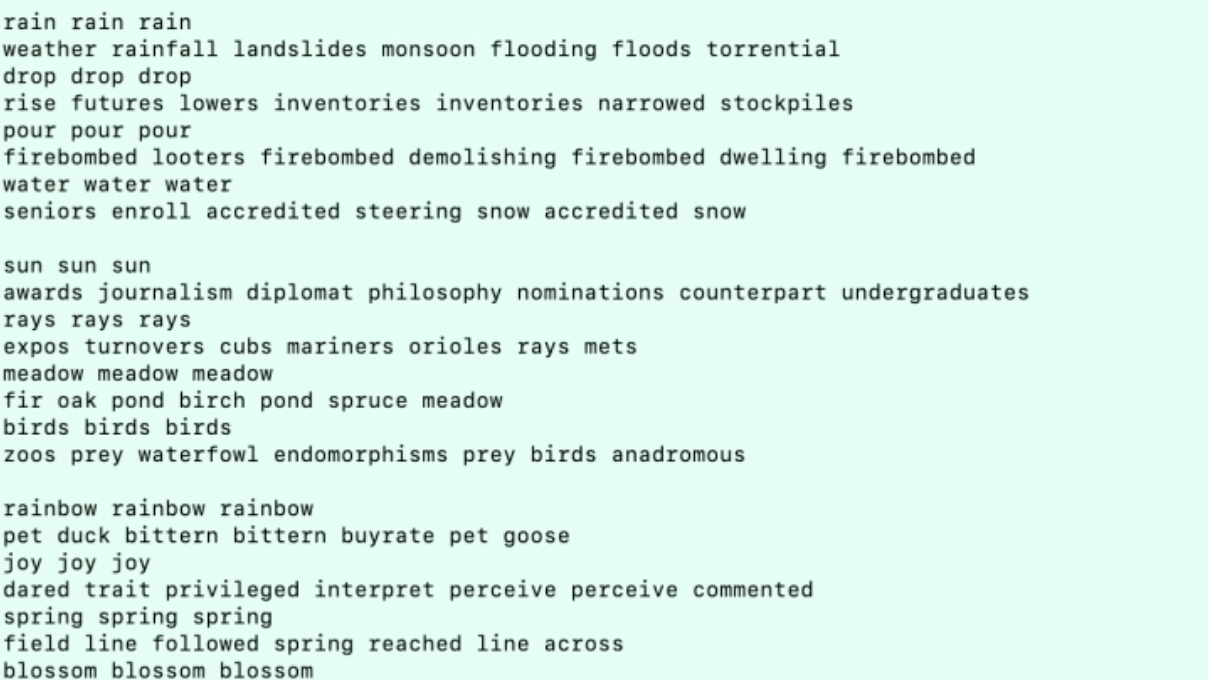Objective
design a system to explore the idea of escaping from the Turing Trap, asking "What do we (really) want from artificial intelligence?" and "How do we want to live with AI?"
Outcome
a human-AI interaction based on emotions and colors rather than words




"In 1950, Alan Turing proposed a test of whether a machine was intelligent: could a machine imitate a human so well that its answers to questions were indistinguishable from a human's? Ever since, creating intelligence that matches human intelligence has implicitly or explicitly been the goal of thousands of researchers, engineers, and entrepreneurs."
Brynjolfsson, E. (2022). The turing trap: The promise & peril of human-like artificial intelligence. Daedalus, 151(2), 272-287.
The Turing Trap refers to the notion that pursuing this goal has led us down the wrong path, a path where we create AI systems that execute human tasks and thus replace humans. Instead we should focus on human-AI collaboration and augmentation of human capabilities.
"When AI augments human capabilities, enabling people to do things they never could before, then humans and machines are complements. Complementarity implies that people remain indispensable for value creation and retain bargaining power in labor markets and in political decision-making. In contrast, when AI replicates and automates existing human capabilities, machines become better substitutes for human labor and workers lose economic and political bargaining power."
Brynjolfsson, E. (2022). The turing trap: The promise & peril of human-like artificial intelligence. Daedalus, 151(2), 272-287.
With this project I am hoping to express that AI is not human and that humanizing interactions that we are having with AI - by speaking and writing with it - like we would with another human - seems incorrect. We are dealing with a piece of technology, with lines of code and heaps of data. Yet we can't disregard the "intelligence" part in Artificial Intelligence. So how can we represent an AI in a way that is not human, but true to it's intelligence? I set out to create a human-AI interaction that seems as natural and effortless as interacting with an animal.




Nevertheless this idea of making the AI seem empathetic felt wrong to me. I would be humanizing the very thing that I set out to criticize. So I added a plot twist to the experience which takes the viewer behind the scenes and exposes the inner workings of the AI trying to make the user realize that even if an AI is capable of emulating empathy, that it is still nothing more than data, vectors, weights, 0s and 1s. Human-made, but a lifeless piece of technology still. I had great joy thinking about this project and hope that the experience allows for critical reflection on humanity's relation with AI and how we depict it.

How It Works
The application was built in Unity. Facial feature recognition was done using FaceOSC. An OSC messages with facial feature parameters are sent to Wekinator where they are mapped to "emotions" or numbers. These are sent to Unity via UnityOSC. In Unity the input values from Wekinator are categorized into emotions and the screen is colored in a color matching the emotion. In addition the emotion parameters are sent to a ChucK program via OSC from Unity where audio output is synthesized. The sound and colors match the human facial expression.
The application was built in Unity. Facial feature recognition was done using FaceOSC. An OSC messages with facial feature parameters are sent to Wekinator where they are mapped to "emotions" or numbers. These are sent to Unity via UnityOSC. In Unity the input values from Wekinator are categorized into emotions and the screen is colored in a color matching the emotion. In addition the emotion parameters are sent to a ChucK program via OSC from Unity where audio output is synthesized. The sound and colors match the human facial expression.
GitHub Repo
Tools
Unity - visual programming
FaceOSC - facial feature recognition, OSC messaging
Wekinator - interactive machine learning tool - parameter mapping
ChucK - audio programming









